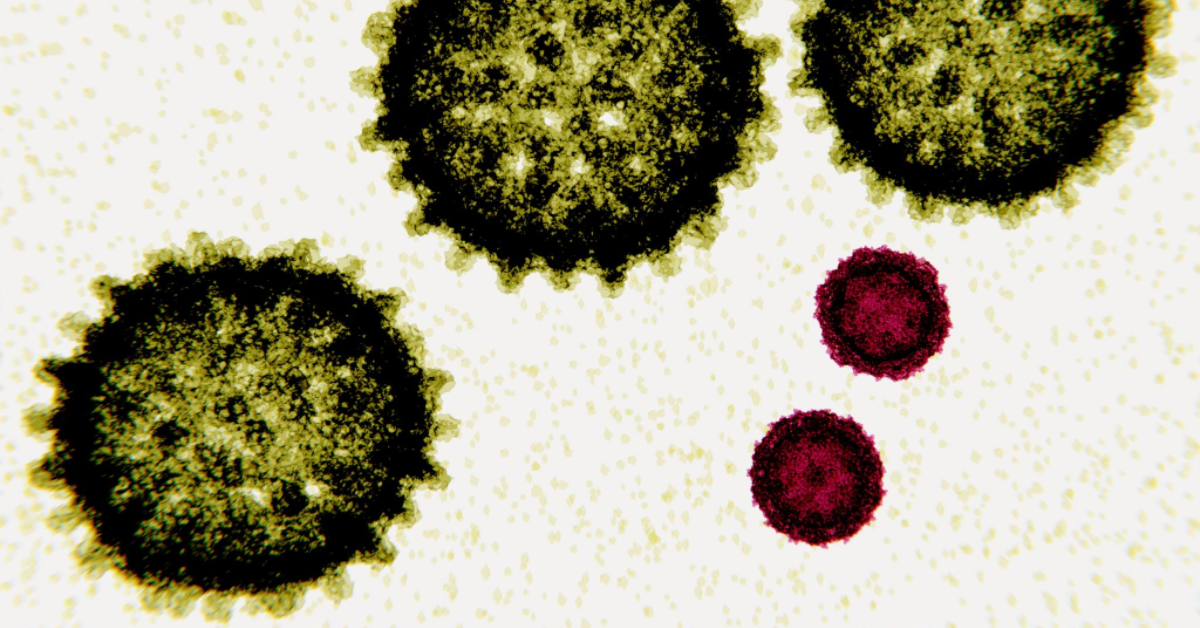Nipah Virus Strikes Again: A Deep Dive into the Latest Outbreak
In a disconcerting turn of events, India is grappling with yet another outbreak of the Nipah virus. This blog takes a comprehensive look at the recent outbreak, shedding light on the virus, its transmission, symptoms, prevention strategies, and the critical role of healthcare preparedness.

The Nipah virus has once again reared its deadly head in India, a stark reminder of the persistent threat posed by zoonotic diseases. This latest outbreak has sent shockwaves through the country, prompting a renewed focus on understanding the virus, its transmission dynamics, and how to prevent its spread.
The Nipah Virus: An Overview
The Nipah virus, first identified in 1999 during an outbreak in Malaysia, belongs to the Paramyxoviridae family. It's a zoonotic virus, which means it can transfer from animals to humans. In its natural reservoir, the Nipah virus primarily resides in fruit bats of the Pteropodidae family. The virus can be transmitted to humans through intermediate hosts like pigs or directly from bats.
Transmission Dynamics
Understanding how the Nipah virus spreads is crucial for containment efforts. The virus can spread through different means:
-
Direct Bat Contact: People who come into direct contact with infected bats or their excretions are at risk. This can happen when people enter bat-infested areas or consume fruits contaminated with bat saliva or urine.
-
Human-to-Human Transmission: While less common, Nipah virus can spread between humans through close contact, particularly in healthcare settings. This mode of transmission is a grave concern as it can lead to larger outbreaks.
Symptoms of Nipah Virus Infection
Recognizing the symptoms of Nipah virus infection is vital for early diagnosis and containment. The incubation period typically ranges from 4 to 14 days, and symptoms can include:
- Fever
- Headache
- Drowsiness
- Respiratory distress
- Encephalitis (inflammation of the brain)
- Coma
In severe cases, Nipah virus infection can prove fatal, with mortality rates ranging from 40% to 75%.
Prevention Strategies
Given the lack of specific antiviral treatments for Nipah virus, prevention is the cornerstone of containment efforts. Here are some crucial strategies:
-
Avoiding Bat Contact: Education and awareness campaigns in regions where fruit bats are prevalent can help reduce direct bat contact. People should be discouraged from entering bat-inhabited areas.
-
Safe Food Practices: Avoid consuming fruits or fruit products that may have come into contact with bat saliva or urine. Ensuring the hygiene of food preparation areas is essential.
-
Hand Hygiene: Regular handwashing with soap and water can help prevent infection. Hand sanitizers with at least 60% alcohol content are also effective.
-
Isolation and Quarantine: Rapid identification and isolation of infected individuals are critical in preventing human-to-human transmission. Contact tracing and quarantine measures should be implemented promptly.
Healthcare Preparedness
A robust healthcare system plays a pivotal role in managing Nipah virus outbreaks. Here are critical aspects of healthcare preparedness:
-
Early Detection: Healthcare professionals must be trained to recognize Nipah virus symptoms promptly. Rapid diagnostic tests and adequate laboratory facilities are essential.
-
Infection Control Measures: Hospitals and healthcare facilities should have strict infection control protocols in place to prevent the spread of the virus within healthcare settings.
-
Personal Protective Equipment (PPE): Adequate supplies of PPE, including masks, gloves, and gowns, should be available for healthcare workers.
-
Community Engagement: Engaging communities through awareness campaigns can help reduce panic and ensure that suspected cases are reported promptly.
Conclusion
The recurrence of the Nipah virus in India underscores the persistent threat posed by emerging zoonotic diseases. Understanding the virus, its transmission, and the importance of prevention and healthcare preparedness is crucial in tackling this deadly pathogen. While Nipah virus outbreaks are a serious concern, a coordinated effort involving healthcare professionals, government authorities, and the public can help contain the virus and prevent future outbreaks.
In these challenging times, it's essential to stay informed, follow public health guidelines, and support efforts to mitigate the spread of the Nipah virus in India and beyond. Together, we can overcome this threat and ensure the health and safety of our communities.










